Common Splints for Foot Drop: Types, Applications, and Benefits
Introduction
Foot drop, also known as drop foot, is a condition
characterized by difficulty lifting the front part of the foot due to weakness
or paralysis of the muscles responsible for dorsiflexion. This can result from
various underlying causes, such as nerve damage, muscle disorders, or
neurological conditions. To manage foot drop, various types of splints, also
known as ankle-foot orthoses (AFOs), can be used to provide support, improve
gait, and prevent injury. This article will discuss the common types of splints
used for foot drop, their applications, and benefits.
Rigid AFO
A rigid AFO is a type of splint made from a hard material,
such as plastic or metal, designed to provide maximum support and stability to
the ankle and foot. This type of AFO typically encompasses the entire lower
leg, ankle, and foot, maintaining the ankle joint in a neutral or slightly
dorsiflexed position. Rigid AFOs are particularly useful in cases of severe
foot drop, where the affected individual requires a high level of support and
stability to prevent foot dragging and maintain a proper gait pattern.
Hinged AFO
A hinged AFO features a joint at the ankle, allowing for a
limited range of motion while still providing support and stability. This type
of splint is made from a combination of rigid and flexible materials and is
often used in cases of mild to moderate foot drop. The hinged design enables
individuals to walk more naturally while still benefiting from the support
provided by the AFO. Hinged AFOs are particularly helpful for those who have
some degree of muscle function remaining and can benefit from the additional
freedom of movement.
Dynamic AFO
Dynamic AFOs are made from lightweight, flexible materials
such as carbon fiber or thermoplastic polymers. These splints provide support
and stability while allowing for a greater range of motion than rigid or hinged
AFOs. The flexible design of a dynamic AFO helps to store and release energy
during walking, facilitating a more natural and energy-efficient gait. Dynamic
AFOs are often used in cases of mild foot drop or for individuals who require a
more discreet and comfortable orthotic option.
Posterior Leaf Spring AFO
The posterior leaf spring AFO is a type of dynamic AFO that
features a thin, flexible support along the back of the leg and under the foot.
This design provides support for dorsiflexion while allowing for a natural
range of motion at the ankle joint. The posterior leaf spring AFO is
particularly useful for individuals with mild foot drop who require minimal
support and prefer a lightweight, low-profile orthotic.
Custom-Molded AFO
Custom-molded AFOs are designed and fabricated specifically
for an individual's unique anatomy and needs. These splints can be made from a
variety of materials, ranging from rigid plastics to flexible polymers, and may
incorporate additional features, such as padding or straps, for improved
comfort and fit. Custom-molded AFOs can provide optimal support and stability
while addressing specific challenges or requirements associated with an
individual's foot drop condition.
Conclusion
There are various types of splints available to manage foot
drop, including rigid AFOs, hinged AFOs, dynamic AFOs, posterior leaf spring
AFOs, and custom-molded AFOs. The choice of splint depends on the severity of
foot drop, the individual's specific needs, and the desired level of support,
stability, and range of motion. By providing support and improving gait, these
orthotic devices can significantly enhance the quality of life for individuals
living with foot drop. It is essential to consult with a healthcare
professional to determine the most appropriate type of splint for an
individual's condition and to ensure proper fitting and usage. With the right
splint and proper care, individuals with foot drop can regain mobility and
independence, allowing them to continue their daily activities with greater
ease and confidence.


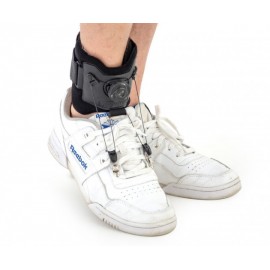
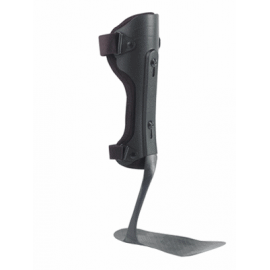
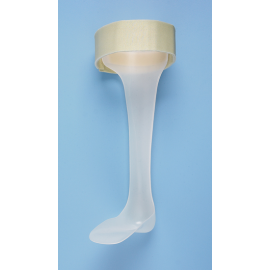
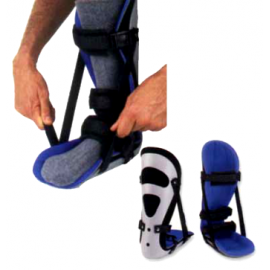
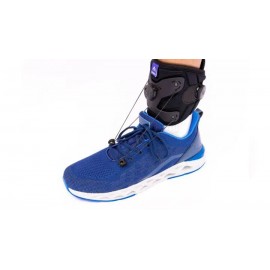
Leave your comment
Note: HTML is not translated!